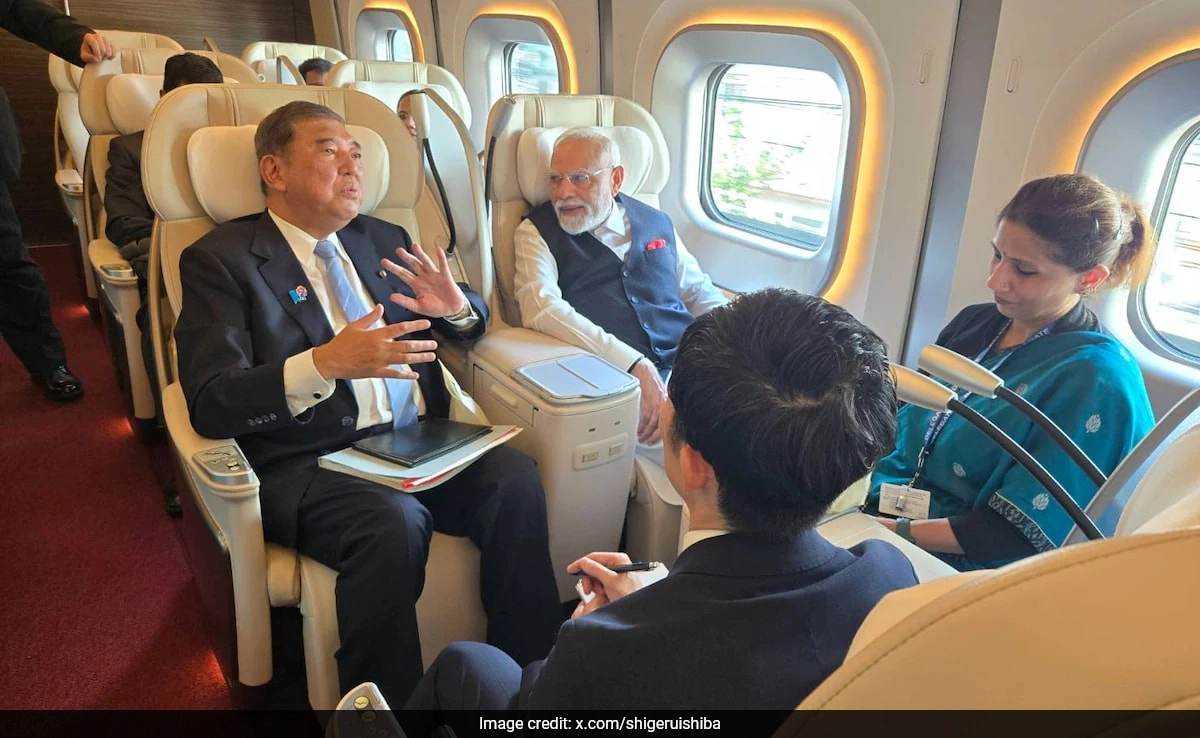In a significant display of international cooperation and technological advancement, Prime Minister Narendra Modi of India recently embarked on a bullet train journey from Tokyo to Sendai alongside his Japanese counterpart. This journey not only underscores the deepening ties between India and Japan but also symbolizes the commitment of both nations to enhance infrastructure and connectivity. The bullet train, known for its speed and efficiency, reflects Japan’s cutting-edge technology in rail transport and serves as an inspiration for India as it seeks to modernize its own railway system.
The trip from Tokyo to Sendai is not just a mere travel experience; it represents a shared vision for the future of transportation in Asia. Both leaders highlighted the importance of sustainable development and the need to invest in infrastructure that can support economic growth. By experiencing the bullet train firsthand, Prime Minister Modi was able to witness the operational excellence that Japan has achieved in its rail network. This experience could pave the way for India to adopt similar technologies and practices in its ambitious bullet train projects, which aim to significantly reduce travel times and improve passenger comfort across the nation.
Moreover, the journey serves as a platform for broader discussions on bilateral cooperation in various sectors, including technology, trade, and investment. The collaboration between India and Japan has been growing steadily, particularly in the fields of infrastructure development and smart cities. Both countries stand to benefit from sharing knowledge and expertise, especially in sectors that are critical for future growth. The bullet train ride serves as a potent reminder of the potential that exists when nations come together to innovate and collaborate on shared goals.
As the leaders journeyed through the picturesque landscapes of Japan, their discussions likely also touched on regional security and strategic partnerships in the Indo-Pacific. With increasing geopolitical challenges, the relationship between India and Japan is viewed as crucial for maintaining stability and fostering peace in the region. This bullet train ride, therefore, was not just about speed and efficiency but also about building a stronger partnership that can address the complex challenges of the 21st century.
In conclusion, the bullet train journey from Tokyo to Sendai symbolizes much more than a mode of transportation; it encapsulates the aspirations of two nations united in their quest for progress and innovation. By embracing modern infrastructure and fostering strong diplomatic ties, India and Japan are setting a precedent for collaboration that could inspire other nations in the region. As both countries continue to work together, the future looks bright for enhanced connectivity, economic growth, and a shared vision for a prosperous Indo-Pacific region.




